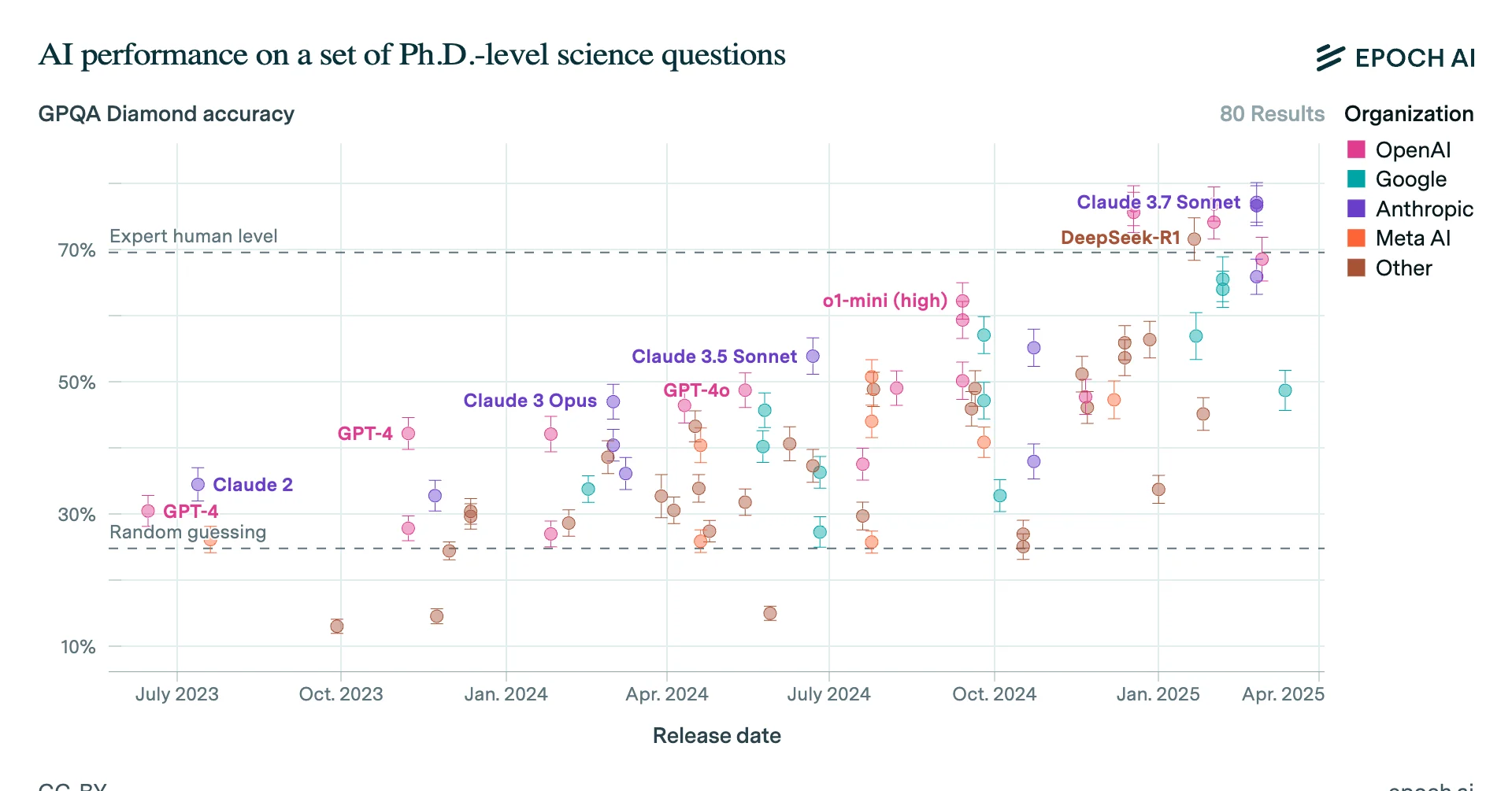Tl;dr: I need feedback and ~$2,000 for prize money to start an EA essay competition.
Update: The project is funded now! Feedback is still very welcome!
Hi!
I’m Hauke, the new Director of Research at Giving What We Can.
Similar to Tyler’s recent blog post, I’ve an idea to get more people engaged with EA.
I’ve a spreadsheet with the contact details of the administrators of the the world’s top 100 universities master’s programmes in Global Health and Development. I think that some of the students in these areas would be very receptive to effective altruism (at least in terms of global poverty eradication).
I want to email all these contacts and and give them a good reason to forward the email to all their students in the department in order to introduce them to effective altruism and Giving What We Can and deeply engage with EA ideas.
The idea is to have an essay competition for these students.
The benefit would be threefold:
-
The students and potentially the scientific field of Development might be nudged to think more in terms effectiveness
-
This might also translate into more engagement with EA (GWWC pledges etc.) as some of the students are naturally aligned with our cause
-
The best ideas might undercover very effective interventions
Here’s a very rough draft of the essay prompt:
“How can one be an effective altruist? To which organisation should one donate their money to, in order to do the most good for the global poor? Which is the most effective, but currently underfunded global poverty intervention that is already done or could be implemented soon?
The essay ideally clarifies the following issues:
-
Intervention effectiveness:
-
What is the scale of the problem (global burden of disease in DALYs) and thus scalability of the intervention? See Global Burden of Disease Study.
-
What is the cost-benefit analysis of the intervention ($ Dollars per DALY averted)? See Disease Control Priorities Project.
-
-
Neglectedness/crowdedness:
-
Is there an organisation that is currently doing this intervention work and could use our donations?
-
Is there room for more funding in this area which would mean that additional donation to this intervention would have high impact? Or is this area currently already sufficiently funded and our marginal impact is low?
-
-
Tractability:
-
Is this a feasible intervention that could realistically implemented soon or are there any barriers to this intervention being implemented (e.g. cultural, political, technological barriers)?”
-
Word limit: 900 words excluding references.
The prize money could be distributed as follows:
|
1st Prize |
$1,000 |
|
|
2nd Prize |
$500 |
|
|
3rd Prize |
$250 |
|
|
4 |
$50 |
|
|
5 |
$50 |
|
|
6 |
$20 |
Bookprize |
|
7 |
$20 |
Bookprize |
|
8 |
$20 |
Bookprize |
|
9 |
$20 |
Bookprize |
|
10 |
$20 |
Bookprize |
|
11 |
$20 |
Bookprize |
|
12 |
$20 |
Bookprize |
|
13 |
$20 |
Bookprize |
|
Overall Prize money in US Dollar |
$2,010 |
The idea here is that the first prize sounds like a lot (4 figures) and there are still quite a few more prizes. The books would of course be EA books (e.g. Peter Singer's or Will's book).
The grading could be crowdsourced if there are too many submission for me to judge by myself.
Feedback on this idea is very welcome.
If you want to fund this project, you can also email me at: hauke.hillebrandt@givingwhatwecan.org



Yes, that's actually an important consideration. I think I'll link to Givewell and give AMF and SCI as an example, so that people know that they will probably not win if they just write about bednet distributions or deworming.